Signpost: Back to basics with your replacement heifers
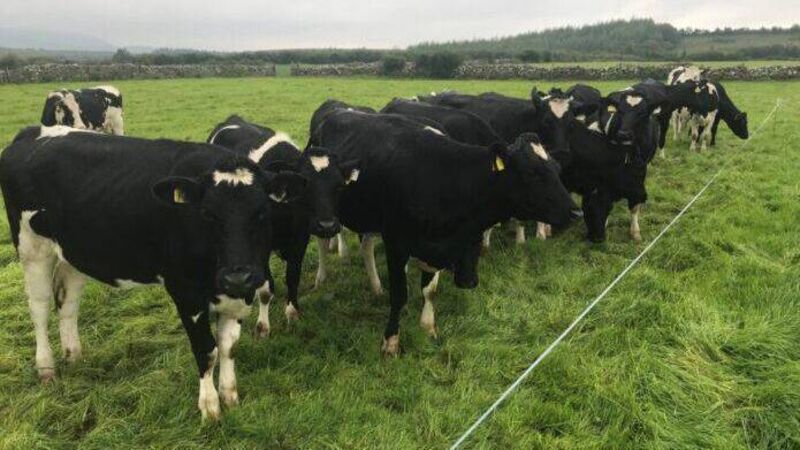
Lower survival rates to third lactation and reduced milk yields in subsequent lactations are just some of the consequences of failing to achieve the target weight for age when rearing replacement heifers. Picture: Teagasc
Weighing your dairy replacement heifers is a key component of successful heifer rearing.
On many dairy farms, replacement heifers fail to reach target weights. The time between birth to first calving makes it very difficult for farmers to recognise the impact that their replacement strategies have on farm production and performance.
Lower survival rates to third lactation and reduced milk yields in subsequent lactations are just some of the consequences of failing to achieve the target weight for age when rearing replacement heifers.
ICBF Herdplus can provide dairy farmers with a huge cohort of information. Within ICBF Herdplus, there are an array of tools available that aim to help farmers identify areas in which they can improve their overall farm performance.
Since October 2022, ICBF HerdPlus have added a new profile screen ‘Heifer and Cow Weight’, which will allow them to record the weights of their replacement heifers to help determine if they are going to achieve their target weights.
The profile allows dairy farmers to benchmark heifer live weights against industry target weights for replacement dairy heifers based on age.
This will help to identify any underweight heifers and ensure they are the correct weight by mating start date (MSD). This will ultimately lead to heifers calving down at the optimal age of 22 to 24 months and, in turn, will help to maximise farm profitability.
Weighing your dairy heifers is a key component of successful heifer rearing and plays a key role for a successful breeding season. Poor fertility in replacement heifers is often due to heifers being underweight at MSD. This can be avoided if weight and daily live-weight gain (LWG) of the heifers is regularly monitored.
The maintenance sub-index is the main tool used to determine a cow’s projected mature body weight. The higher the maintenance sub-index, the lighter the cow.
February-born weanling and yearling heifers should be 30% and 70% respectively of their pre-calving body weight on August 1 if they are to be successfully calved at two years of age.
Knowing the weights of your replacement dairy animals and reaching target weights on time is critical for successful calving at two years of age. Teagasc recently completed work with discussion groups throughout the Border, Midland and Western regions.
Within this study, there were 750 replacement heifers weighed over a two-year period at different periods throughout the year. On analysis of the results, over half of the 750 females weighed were underweight which shows the need to go back to basics on replacement heifer management.
August is an ideal time to weigh replacement heifers to help identify underweight heifers as well as to ensure that they are on course to achieve their desired live weight come mating start date.
If not at the correct weight, supplementation should be provided immediately as it will become too late to address the issue of underweight heifers at mating start date next April/May.
Grouping of lighter heifers can also be useful during the first winter, as it can allow farmers to prioritise this particular group of stock as well as provide them with extra supplementation during housing.
Early turnout for replacement heifers can also be beneficial with higher weight gains usually achieved from pasture as opposed to winter diets.
If the group of heifers are not uniform, lighter heifers should be prioritised and turned out first. These heifers should also be allocated some concentrates.
Now is the time to act if you have underweight heifers in your herd.
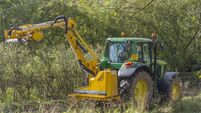


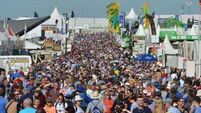
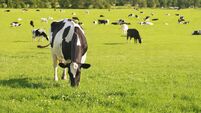
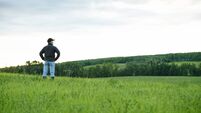
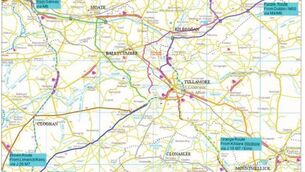





![PHOTO-2025-09-03-11-45-42[36].jpg Army officer suffered years of ‘distress’ facing criminal charges that have since been dropped](/cms_media/module_img/9562/4781216_6_teasersmall_PHOTO-2025-09-03-11-45-42_5b36_5d.jpg)